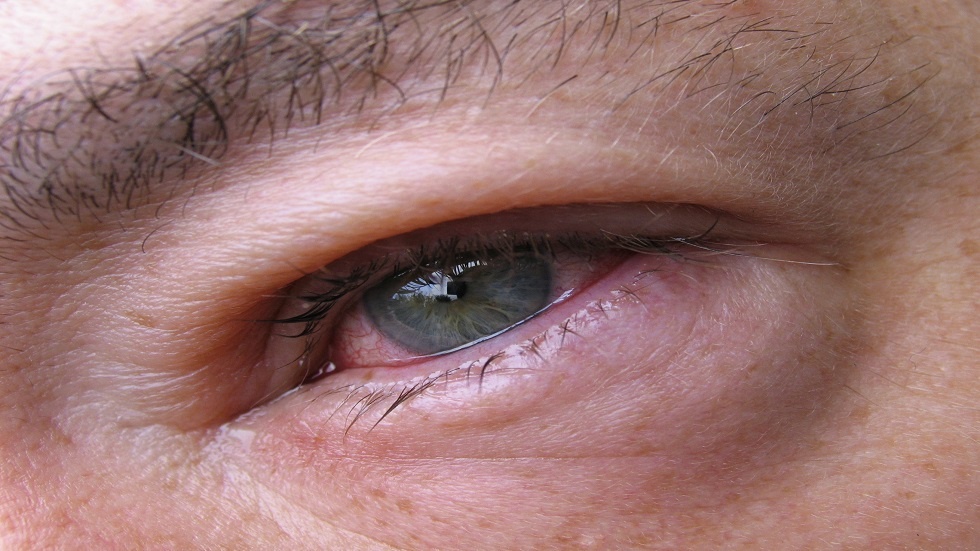Demodex Blepharitis Disease Overview:
Demodex Blepharitis Disease is a relatively common but often overlooked condition that affects the eyelids. This article aims to provide a comprehensive overview of Demodex Blepharitis, covering its service architecture, symptoms, diagnostic techniques, treatment options, regulatory framework, clinical trial assessment, market trends analysis, and a concluding summary.
The Market Competitors Listed Below are Revolutionizing Healthcare with Innovative Inventions:
Epilation and Microscopic Examination-
- Haag-Streit AG
- Enova Illumination
- E-Eye
- NIDEK CO., LTD.
In vivo Confocal Microscopy (IVCM)-
- Heidelberg Engineering
- Haag-Streit AGm
- Optovue Inc.
- Carl Zeiss Meditec AG
- Huvitz Co., Ltd.
Eyelid Examination-
- TearScience Inc.
- Optovue Inc.
- Heidelberg Engineering Inc.
- Tomey Corporation
- Konan Medical USA Inc.
- Keeler Ltd.
The Service Architecture for Demodex Blepharitis:
Demodex Blepharitis is a condition caused by an infestation of Demodex mites, specifically Demodex folliculorum and Demodex brevis, in the eyelash follicles. These microscopic parasites are a natural part of the human skin ecosystem. However, when they proliferate excessively, they can lead to a range of issues, including inflammation of the eyelids and eyelash loss.
Symptoms of Demodex Blepharitis:
Common symptoms of Demodex Blepharitis include:
- Itchy and irritated eyelids
- Redness and swelling of the eyelids
- Crust or debris at the base of eyelashes
- Frequent styes or chalazia (eyelid cysts)
- Loss of eyelashes
- Watery or gritty eyes
- Burning or stinging sensation
- Sensitivity to light
Diagnostic Techniques: Demodex Blepharitis:
Demodex Blepharitis can be diagnosed through various techniques, including:
- Clinical examination: An eye care professional can inspect the eyelids using a slit lamp microscope to identify mite infestations and assess the severity of the condition.
- Eyelash sampling: A healthcare provider may use a specialized adhesive tape to collect eyelash samples and analyze them under a microscope to confirm the presence of Demodex mites.
Treatment Techniques: Demodex Blepharitis:
Treatment for Demodex Blepharitis typically involves:
- Lid hygiene: Cleaning the eyelids regularly with warm water and a mild soap can help reduce mite populations and alleviate symptoms.
- Topical treatments: In more severe cases, doctors may prescribe topical medications like tea tree oil-based solutions or medicated eye ointments.
- Oral medications: Systemic treatments, such as oral antibiotics or anti-parasitic drugs, may be necessary in chronic or severe cases.
Browse More Report:
https://www.diseaselandscape.com/environmental/demodex-blepharitis
Regulatory Framework:
There are no specific drugs or treatments approved by regulatory authorities for Demodex Blepharitis. However, healthcare providers often use off-label medications and treatments based on their clinical judgment and patient needs.
Clinical Trial Assessment:
Clinical trials play a crucial role in developing effective treatments for Demodex Blepharitis. Researchers are continually exploring new therapies, including novel medications and medical devices. These trials assess the safety and efficacy of potential treatments, ultimately shaping the future of Demodex Blepharitis management.
Market Trends Analysis:
The market for Demodex Blepharitis treatments is evolving as awareness of the condition increases. While traditional treatments like lid hygiene and antibiotics remain prevalent, emerging technologies and innovative products are being developed to address this condition more effectively. Market trends suggest a growing demand for specialized products and services aimed at Demodex Blepharitis management.
Conclusion:
Demodex Blepharitis is a common yet often overlooked condition caused by an overgrowth of Demodex mites in the eyelash follicles. Understanding the service architecture, recognizing symptoms, and employing appropriate diagnostic techniques are essential in its management. While treatments are available, there is no specific regulatory framework for Demodex Blepharitis, and ongoing clinical trials and market trends analysis promise to shape future solutions for this condition. With increased awareness and ongoing research, better treatments and management options are on the horizon for those affected by Demodex Blepharitis.
Browse Through More Environmental Diseases Research Reports.
Related Reports:
Bleeding Disorders Unveiled: Navigating the Challenges of Hemophilia
Spinal Muscular Atrophy (SMA): Unveiling the Road to Hope and Treatment
Understanding Cystic Fibrosis: Diagnosis, Treatment, Market Trends, and Future Prospects
Confronting Solid Tumors: Understanding the Challenges and Solutions
Duchenne Muscular Dystrophy: The Battle for Strength and Hope


No comments yet